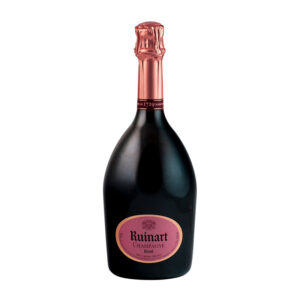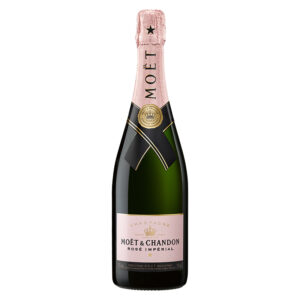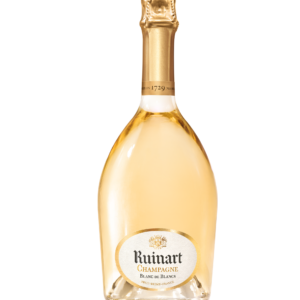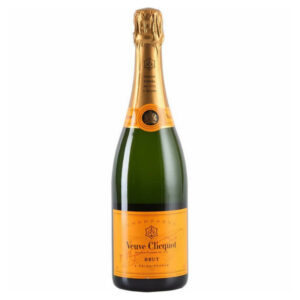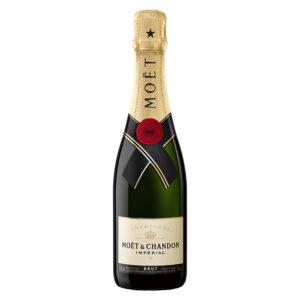The grapevine is one of the oldest and most fascinating plants in the world. Fossils of wild vines have been found in Iceland, Greenland, Japan and France. According to specialists, grapevines likely originated in Asia Minor. The wine-loving Romans set the highest quality standards and followed a very specific protocol in cultivating the vine and winemaking. The Gauls showcased their agricultural know-how and brought about barrel fermentation, more practical than the terracotta jars then used for storing and transporting wine. Many historical figures played key roles in the expansion of French vineyards: the French popes bring the system of Appellation d’Origine Contrôlée (AOC) to fruition with Châteauneuf-du-Pape and the church promotes the extension of wine estates adjacent to local abbeys. Thanks to Louis Pasteur’s ingenious research, winemakers were also able to master the problems associated with alcoholic fermentation and set the bases for modern winemaking methods. Success was followed by tragedy However, the French vines were struck by a historical tragedy with the spread of phylloxera in 1864. The diseased vines were pulled out and replaced by vines from American rootstocks on which the French grape varieties were grafted
For purchase of alcoholic beverages, kindly place your order by phone on the following numbers:
20/Vin Beau Plan: 2093052 / 59708904
20/Vin Richmond Hill Grand-Baie : 2630007 / 59384998 / 57670319
Showing all 10 results



